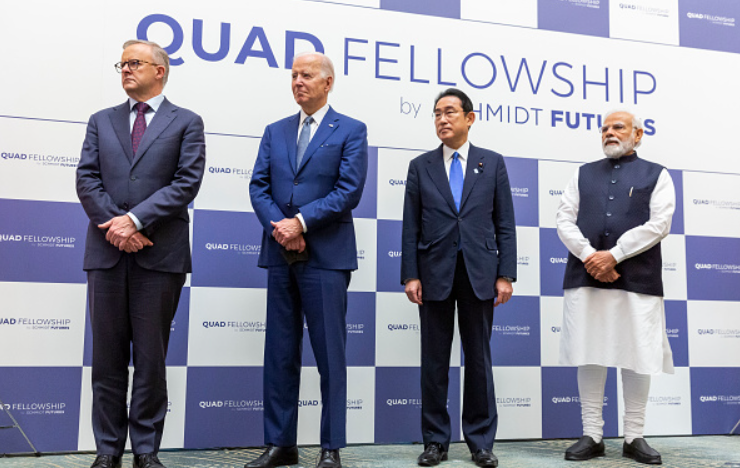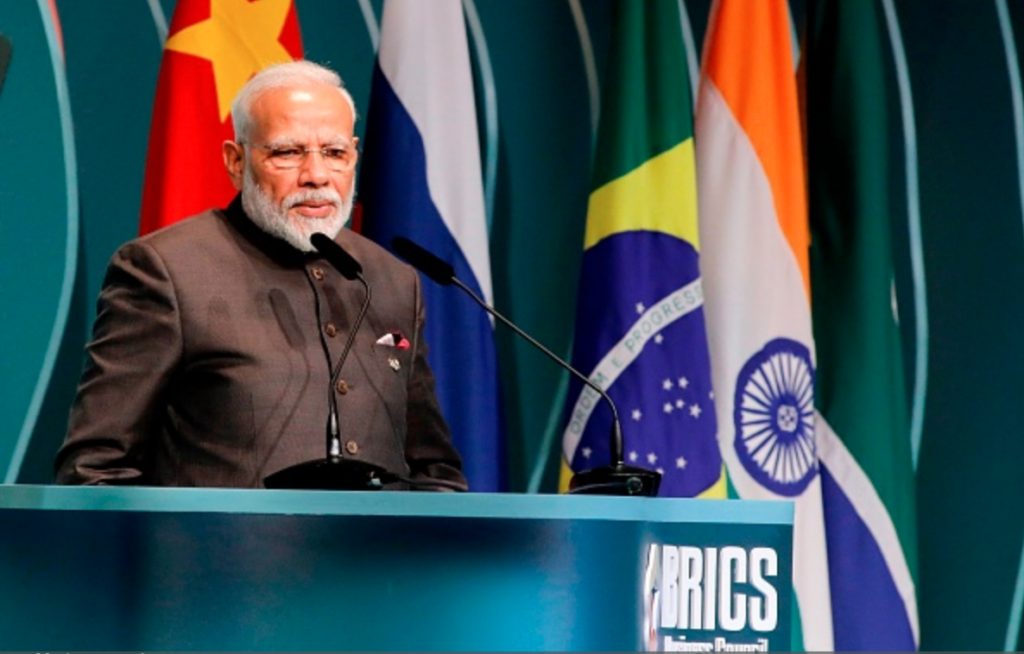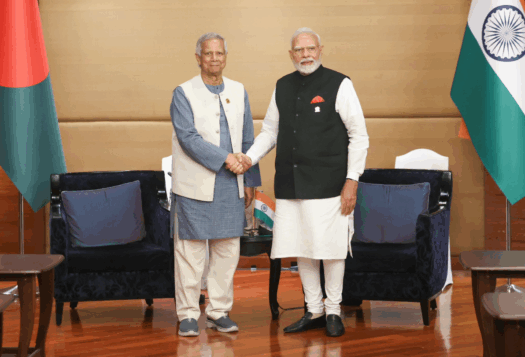
India’s participation in a series of summits—including as part of the Quadrilateral Security Dialogue (QUAD), Shanghai Corporation Organisation (SCO), Brazil, Russia, India, China and South Africa (BRICS) summit, G7 meeting, and Commonwealth Summit—exhibits an internationalist foreign policy. India has worked to engage with the United States, Japan, Australia, Europe, and Russia, manage ties with China, forge ties with the developing world, and expand its neighborhood policies.
India’s Minister of External Affairs S Jaishankar’s comments in these forums also illustrate India’s attempts to remain outside bloc politics and resolute in its intent to practice strategic autonomy. During GLOBESEC 2022 at Bratislava, Slovakia Jaishankar responded to a question stating, “I don’t accept that India has to join either the U.S. axis or China axis. We are one-fifth of the world’s population, fifth or sixth-largest economy in the world…we are entitled to weigh our own side.” This perspective—an Indo-centric specific multi-alignment—underscores India’s participation in multiple summits.
A place at the Quad table allows India to counter China’s belligerence and provides a pathway to a “free, open, and inclusive” Indo-Pacific. SCO and India-US 2+2 dialogues contribute to India’s external security insight. Separately, forums like BRICS underscore the perspectives of the developing world, with the objective of reforming the UN to face new global challenges. India has also begun actively engaging with the British Commonwealth, once dubbed a colonial hangover, now promoting the economic and strategic interests of its member countries. Pursuing multi-alignment through multilateral settings works to strengthen India’s security architecture, to help garner critical votes at the UNSC table, enable India to identify areas of collaboration with different countries, and raise the country’s global stature during the COVID-19 pandemic.
The Hedging Game
The QUAD was initiated in 2007 with the idea of cooperation and conversation among the four maritime democracies—India, the United States, Japan and Australia. The Quad’s journey has not been smooth from its birth and early demise in 2007 to its revival in 2017. Since 2017, it has morphed into one of the most significant global forums. The Quad recognizes Indo-Pacific as a strategic concept with security deterrence and political coordination forming a key component of their raison d’etre.
Pursuing multi-alignment through multilateral settings works to strengthen India’s security architecture and raise India’s global stature during the COVID-19 pandemic.
India’s border clashes with China provided a strong incentive to firm up strong ties with these Indo-Pacific democracies. Yet, the pandemic led QUAD and QUAD++ countries to discuss aspects of vaccine research, development, and distribution, climate change solutions, green infrastructure, and norms in cyber and space domains. The QUAD countries are offering fellowships in science, technology, engineering, and mathematics, with an eye on China’s growing Research and Development initiatives. This also allows India to showcase itself as a responsible, status quo power in the region.
BRICS began from Goldman Sachs papers involving countries making one-quarter of global GDP and attempting to foster ties among respective government and business sectors. When formed, the BRICS nations were expected to dominate the economy by 2050. BRICS members have, however, struggled to implement their visions for trade and economic structures outside the U.S.-dominated financial system. For India’s regional leadership aspirations, BRICS still holds value. India’s emerging role in the NDB-BRICS Bank supports the country’s priority projects relating to clean energy, social safety, public health, etc. While BRICS might lack the momentum of the Quad, it has more formality and aims to create economic alternatives for countries in the global south. This reflects a long-standing foreign-policy goal of New Delhi’s.

Amidst the Ukraine crisis, Russia and China are keen on using BRICS as a counterweight to U.S.-led institutions and their firmly anti-Russia postures. New Delhi does not wish to be seen as part of an anti-U.S. bloc, but India’s participation in non-Western groupings such as the BRICS and the SCO counterbalances its growing presence in the Western-dominated QUAD and G-7. It also provides alternative structures to Western models and yardsticks, especially in the wake of the Russia-Ukraine war. India’s response to the crisis has rattled many Western countries, even as the government has gone on to explain that its decision-making is rooted in its own history of non-alignment and the war’s lack of direct impact on its national security. India did not support the Western sanctions on Russia and has continued to buy Russian oil to meet domestic energy demands.
However, as Indian companies have invested more than USD $16 billion in the Russian oil and gas sector, investments that will have negative implications in case of adhering to Western sanctions. India’s military dependence on Russia is significant: more than 50 percent of the Indian military’s existing equipment is of Russian origin.
India’s participation in non-Western groupings such as the BRICS and the SCO compensates for its growing presence in the Western-dominated QUAD and G-7.
The U.S. administration recognizes India’s multi-alignment strategy and need for issue-based partnerships despite concerns about its response to the Russian invasion of Ukraine (President Joe Biden described India’s refusal to condemn Russia as somewhat “shaky”). India, for its part, has been collaborating closely with the United States in associations like the Indo-Pacific Economic Framework for Prosperity, increasing cooperation in emerging technologies, collaborating in defense, cyber security and counter terrorism, and also strengthening mutual cooperation on global issues.
Is Hedging Sustainable?
India’s balancing act to the Russia-Ukraine war has nonetheless caused frustration among Quad members and Western allies. Western analysts have criticized India in remarks regarding “defending democracy from authoritarianism.” India has maintained that the war is outside India’s area of concern, that it is accustomed to the ramifications of war across the world. U.S.-Russia tensions have brought Moscow and Beijing closer than ever before. The complete exclusion of Russia from existing markets and financial mechanisms will accelerate this further. For India, this will bring further challenges as the country aims to contain Chinese belligerence.
Despite these developing allegiances, for Indian policymakers, the price to choose one over the other will be too high. New Delhi neither seeks a fully robust alliance with the United States nor finds the idea of having the United States as its primary partner useful. Indian policymakers are also weighing that United States will be forgiving about India’s neutral stance. India matters to the U.S. Indo-Pacific strategy has an important role to play in constraining China.
It is against this backdrop that a multipolar international order presents India an opportunity to practice multiple and multi-layered alignments based on economic and security interests.
***
Image 1: Yuichi Yamazaki via Getty Images
Image 2: Sergio Lima/AFP via Getty Images


